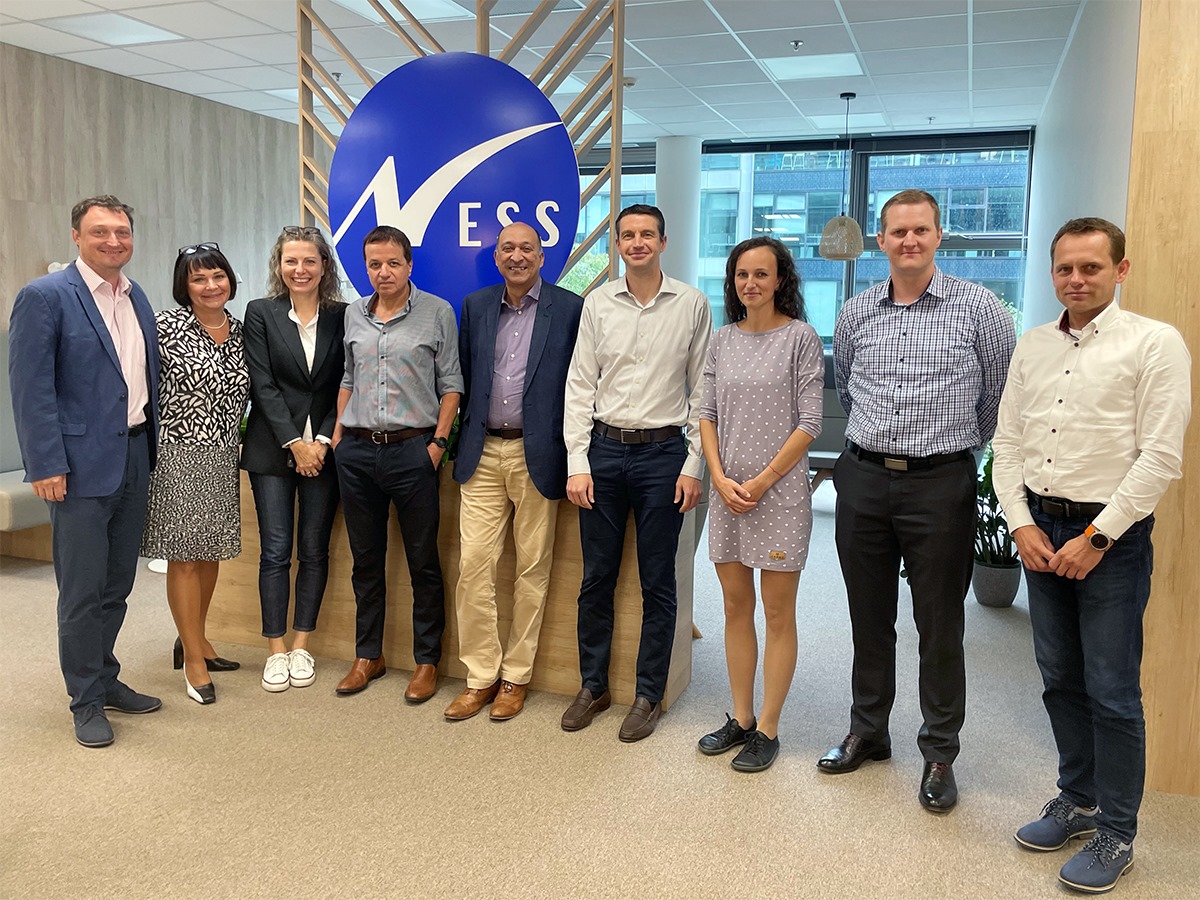Have you ever decided to upgrade to the paid version of an app only to find that it wasn’t what you expected? What about making the switch from an iOS to an Android device and realizing the lengthy process you’ve got to go through just to cut off your apple subscriptions and switch over to google play?
In-app purchases (or IAP) are responsible for things like subscriptions, upgrades, or consumable products like extra lives in video games, character mods, and premium content, that can be purchased within the apps that you already use. The technique has been mutually beneficial for app developers and customers, as it allows customers to tailor their experience and only pay for aspects of the app that they find valuable, and developers can gain more users by offering increased flexibility.
However, developers are not able to refund, cancel, or search IAP histories directly. They must always go through Apple as a third party. This inhibits app developers abilities to better serve the UX for customers and causes customers a headache. On Google Play, developers have all the above-stated abilities, so what’s up with Apple and why aren’t they getting hip?
The folks at Toshl, a financial management app, have experienced this while attending to their customers and are hoping that Apple perks up and helps developers deliver more streamlined customer service.
“It is possible that the refund ratio of all purchases would go up slightly, but it’s doubtful it would do so significantly. In any case, it’s a better long-term business practice to let your customer choose your product because they want it, not because the cancellation process is so damn convoluted,” expresses Toshl in their article about the issue.
On Google Play, Paypal, and Adyen, developers have the option to serve their customers with refunds, cancellations, and specific transaction searches. It feels only logical that Apple would want to provide the same amount of transparency and control to its app creators to ensure high-quality app development and an impeccable user experience so that iOS apps are smoother for all parties involved — developers and customers alike.
-This article was originally seen on Startup Beat.









Show Comments